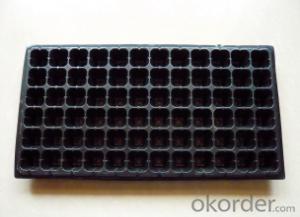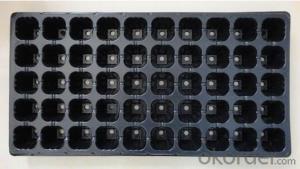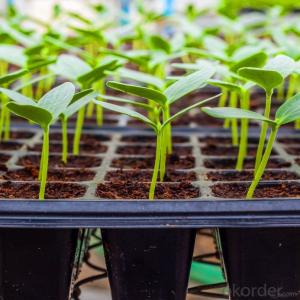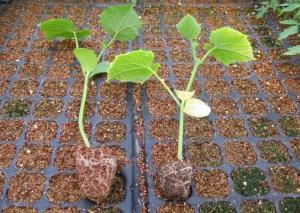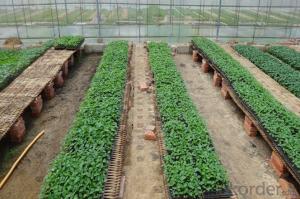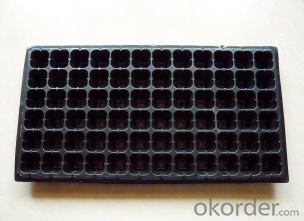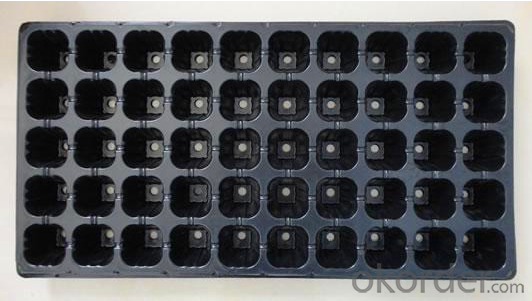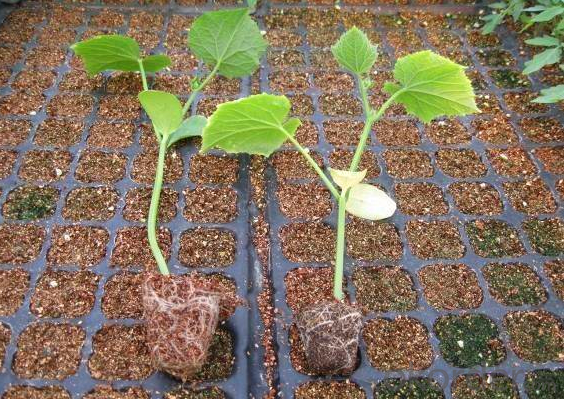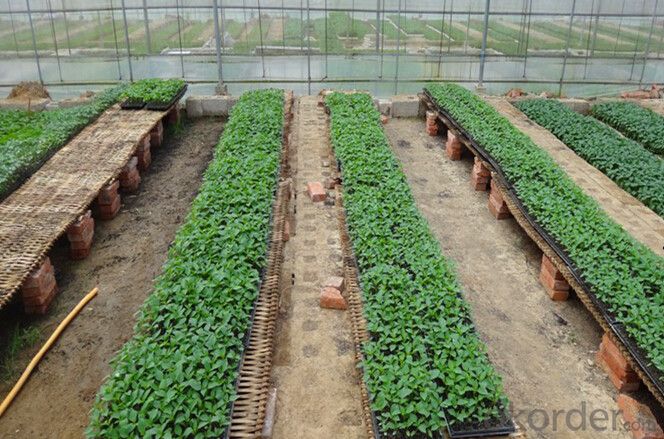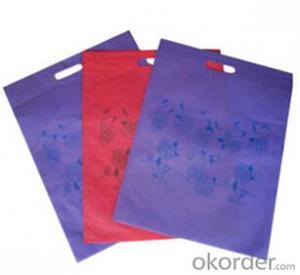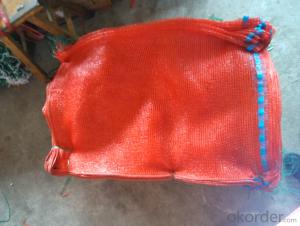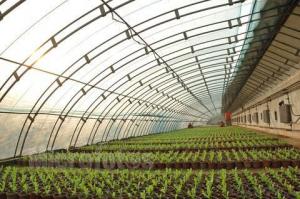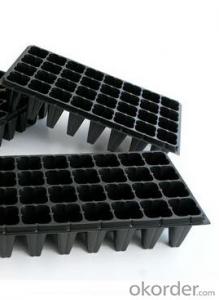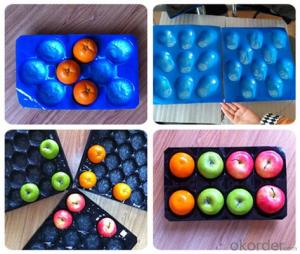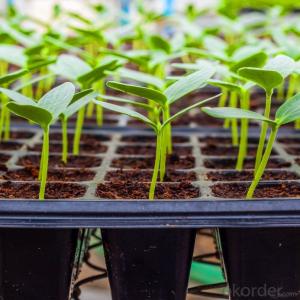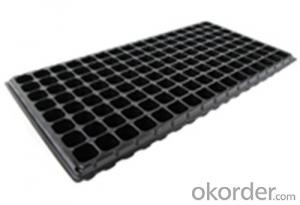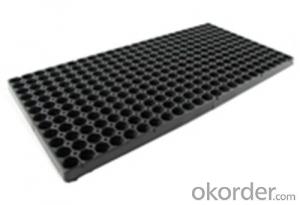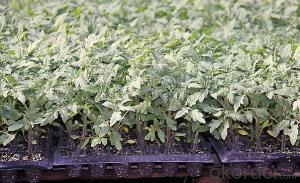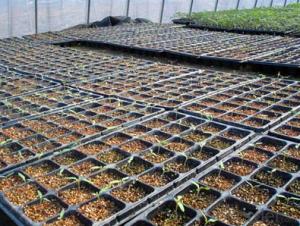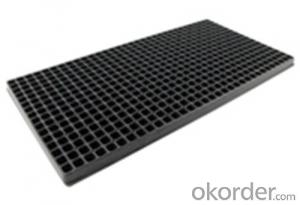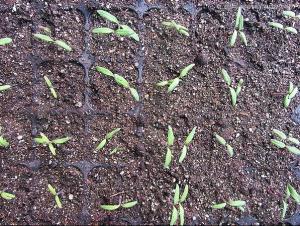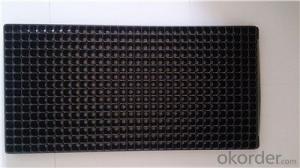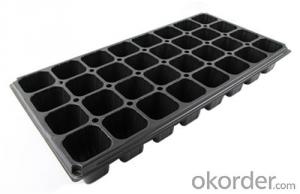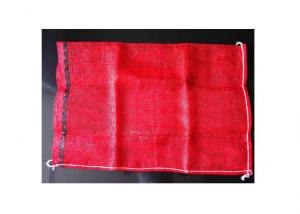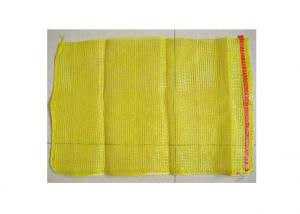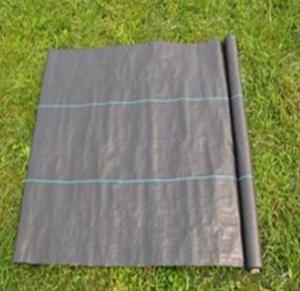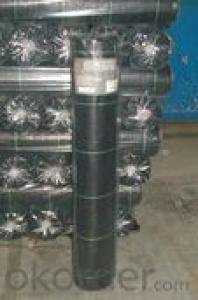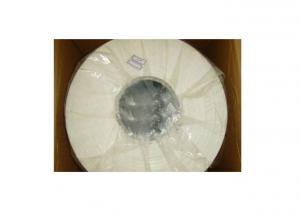32 Plastic Nursery Tray & Lids Plastic Nursery Seed Plug Trays for Propagation
- Loading Port:
- China main port
- Payment Terms:
- TT OR LC
- Min Order Qty:
- 3000 pc
- Supply Capability:
- 2000000 pc/month
OKorder Service Pledge
OKorder Financial Service
You Might Also Like
Specification of Plug Trays HIPS Made Plastic Plug Tray for Greenhouse (Growing and Seedling):
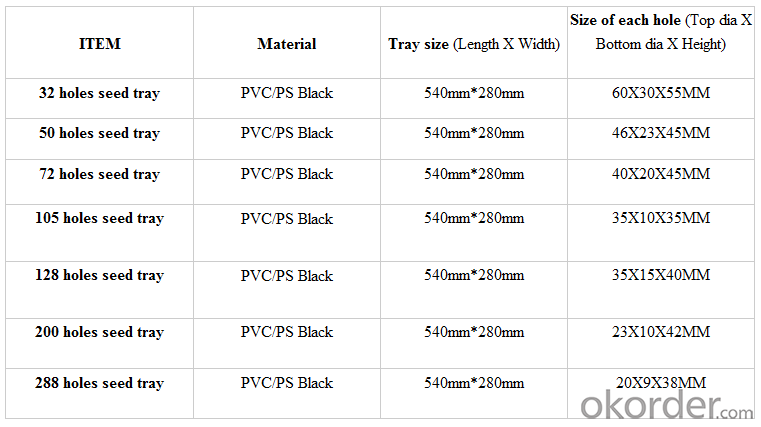
Features of Plug Trays HIPS Made Plastic Plug Tray for Greenhouse (Growing and Seedling):
· Material: HIPS
· Thickness: 0.5mm-1.5mm, Standard:1mm
· Weight: 80g(±5)g-230g(±5)g, Standard weight:155g(±5)g
· Size: length:490mm-540mm, width:190mm-345mm,depth:25mm-150mm
· Standard:540mmX280mm
· Cell count: 18-512
· Package: In Carton
· Warrenty: 8-10 times
Packaging & Delivery
Packing Detail: export standard carton or large bags
Delivery time: 4 million per momth after receipt of deposit
Advantage:
Waterproof, UV-resistant, extrusion-resistant
Easy carry for young seeding plant and grow
Service:
1. Quick, efficient and professional response within 24 hours, 14 hours online services
2. 10 years manufacturing and exporting experience in agriculture field.
3. Technical support and solution by chief engineer.
4. Strict quality control system & team, high reputation in the market.
5. Full range of irrigation products for choice
6. OEM/ODM services
7. Accept sample order before Mass Order
Picture of Plug Trays HIPS Made Plastic Plug Tray for Greenhouse (Growing and Seedling):
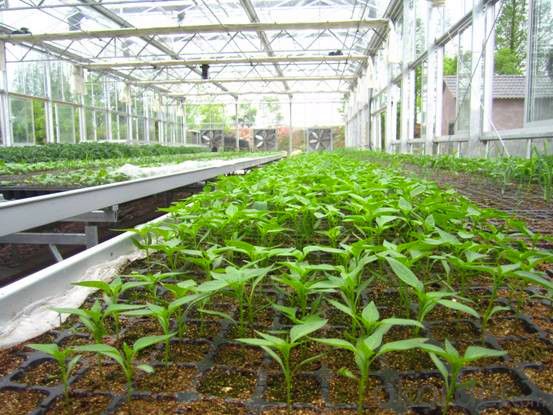
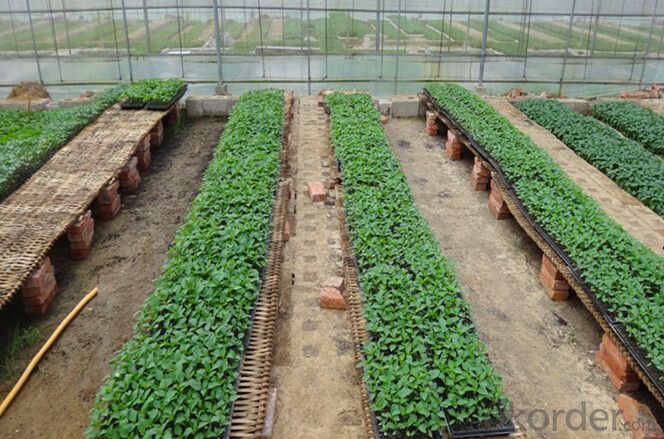
FAQ of Plug Trays HIPS Made Plastic Plug Tray for Greenhouse (Growing and Seedling):
Q: 1.How long is the production time?
A: Usually one to two weeks.
Q: 2.How is the seed tray being packaged?
A: They can be packaged in carton or pallets. Carton size is 1375px*725px*1250px.
Q:3.How many times can the seed tray be used?
A: Under the same environment, it is decided by the thickness. Usually 0.6mm thickness can be used for 1 or 2 times.
1.0 thickness can be used for 3-4 times. 1.5 thickness can be used for 8-10 times.
- Q: How do I prevent ground cover from spreading into my lawn?
- There are a few ways to prevent ground cover from spreading into your lawn. Firstly, you can install physical barriers such as edging or borders to create a clear separation between the ground cover and grass areas. Secondly, regular mowing and trimming around the edges of your lawn can help control the spread of ground cover. Additionally, applying a pre-emergent herbicide specifically designed to target ground cover can effectively inhibit its growth. Lastly, consistent manual removal of any ground cover that starts encroaching into your lawn will help keep it in check.
- Q: where does plastic come from. 100 POINTS IF YOU ANSWER!
- Plastic is made from a combination of chemicals, not the least of which is Saudi oil!
- Q: The connecting piece is plastic. Is this okay?
- ya, it doesnt have to be metal
- Q: What are the different types of agricultural plastic irrigation systems?
- There are several types of agricultural plastic irrigation systems, including drip irrigation, sprinkler irrigation, and micro-sprinkler irrigation.
- Q: How do agricultural plastic products help with controlled atmosphere storage?
- Agricultural plastic products help with controlled atmosphere storage by providing a barrier that regulates the flow of gases, such as oxygen and carbon dioxide, within the storage environment. This helps to maintain optimal conditions for long-term storage of agricultural produce, preventing spoilage, preserving freshness, and extending shelf life.
- Q: Do nursery trays come with labels or markers?
- Nursery trays typically do not come with labels or markers. However, some nurseries may provide them separately or offer labeling options for customers to purchase.
- Q: I have a bunch of old torn up bass fishing plastics. I would like to know how i can melt them down and make my own. Do I need to purchase a mold? Can i make my own mold out of my existing plastics? What is the process for doing this? Thanks a bunch.
- To melt down the old plastics, use LOW heat! I suggest placing the plastics into a very old pot ot pan and placing on an electric heating surface that you can control very well. Heat the plastics on low heat to see if they begin to melt. Only turn heat up enough to begin melting and allow loads of time for the process to start. As for molds, it is possible to make your own but it is even better to buy reusable molds from places like bass pro shop, cabelas, and others. I'll put a few links below for dedicated lure making supply places.
- Q: I have a plastic cage right now for my hamster (syrian hamster if it makes a diff) but im thinking of getting a wire cagewhich is better in your opinion?and dont just say its up to me
- Neither, a plastic cage will be chewed through and they recieve poor ventilation and with a wire cage you will constantly be picking up bedding that he has kicked out. The thing to buy is a 10 gallon aquarium. they cost 10 dollars and they wont cause any of they problems that you would have with a wire or plastic cage.
- Q: What's the use of plastic in Melbourne? After they recycled the plastic used? What do they do with the recycled ones (dnt tell me they dumped it into the ocean) ? Please answer with your information and website!Thank you ^^::
- problematic aspect. check out at google. that will could help!
- Q: How does ground cover affect the pH of the soil?
- Ground cover can have a significant impact on the pH of the soil. Certain types of ground cover plants, such as mosses or acid-loving plants, can release organic acids that lower the pH of the soil, making it more acidic. On the other hand, other ground cover plants, like clovers or legumes, have the ability to fix nitrogen in the soil, which can increase the pH and make it more alkaline. Thus, the choice of ground cover can either raise or lower the pH of the soil depending on the specific plant species.
Send your message to us
32 Plastic Nursery Tray & Lids Plastic Nursery Seed Plug Trays for Propagation
- Loading Port:
- China main port
- Payment Terms:
- TT OR LC
- Min Order Qty:
- 3000 pc
- Supply Capability:
- 2000000 pc/month
OKorder Service Pledge
OKorder Financial Service
Similar products
Hot products
Hot Searches
Related keywords
